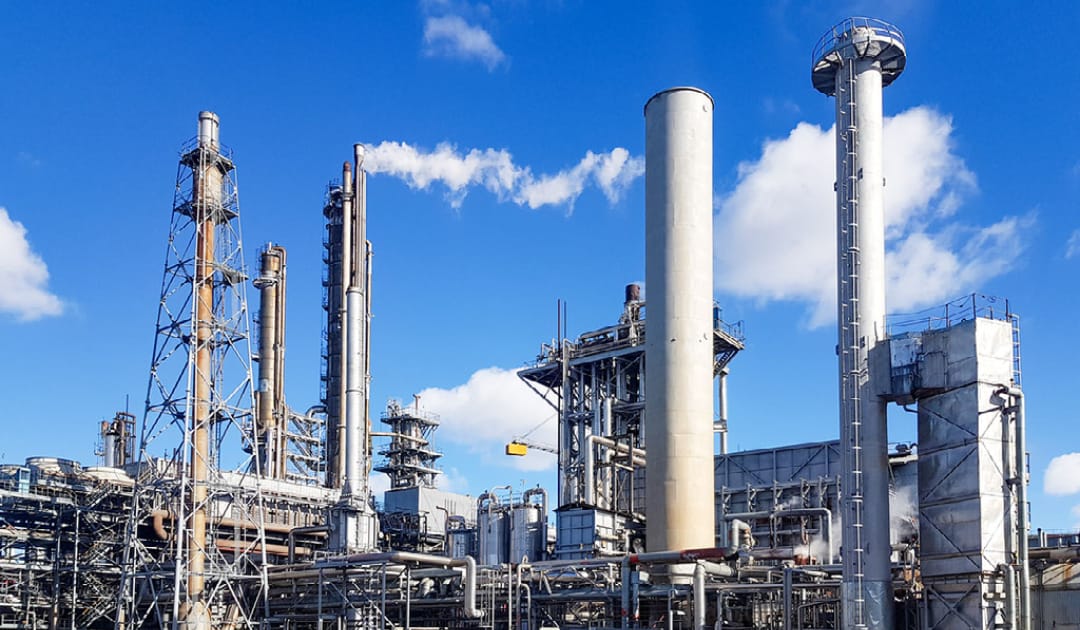Kawasaki Breaks Ground on World’s First Centrifugal Hydrogen Compressor for Liquefaction Plants
Kawasaki Heavy Industries, Ltd. has begun construction of a groundbreaking demonstration facility for the KM

A Deep Dive into Thermocyclic Ammonia Production
Thermocyclic ammonia production represents an innovative approach in energy storage and transport, positioning ammonia as an efficient hydrogen carrier. This process envisions a cyclical system where ammonia is synthesized, transported, and later decomposed back into nitrogen and hydrogen, enabling it to function as a hydrogen reservoir. This concept holds significant promise as a sustainable energy solution, especially in the face of mounting global efforts to reduce carbon emissions and establish reliable hydrogen supply chains.
Thermocyclic ammonia production involves two primary stages:
The dual nature of thermocyclic ammonia production—synthesis followed by decomposition—allows ammonia to act as a vector for storing and transporting hydrogen. This capability offers advantages in energy applications where pure hydrogen's lower energy density and handling difficulties make direct transport less efficient.
Countries aiming to import hydrogen can consider thermocyclic ammonia as a practical medium for safe hydrogen transportation. By shipping ammonia and decomposing it on-site, hydrogen can be released without the complications of transporting it in its pure form. This potential has piqued the interest of nations pursuing low-carbon energy imports, as it aligns well with global sustainability goals and the need for efficient hydrogen logistics.
The success of thermocyclic ammonia hinges on the system's overall efficiency. Both synthesis and decomposition steps must be optimized to reduce energy losses, given that ammonia production (via the Haber-Bosch process) and decomposition are energy-intensive. Improvements to energy efficiency could drive the adoption of thermocyclic ammonia as a viable hydrogen storage option.
The Haber-Bosch process is facilitated by catalysts that promote ammonia synthesis at high temperatures and pressures. Ongoing research aims to develop catalysts capable of operating at milder conditions, which would reduce the energy demands of synthesis. The availability of low-temperature and pressure catalysts could be transformative, enhancing the efficiency and sustainability of thermocyclic ammonia systems.
A variety of techniques for ammonia decomposition exist, each with specific benefits and limitations. For instance:
The selection of decomposition technology impacts system cost, efficiency, and environmental footprint. Future advancements in catalytic and plasma-based methods are particularly promising in making ammonia decomposition more economical and sustainable.
To ensure a low-carbon footprint, thermocyclic ammonia systems should rely on renewable energy sources. Solar, wind, and hydroelectric power offer sustainable options for generating the energy needed in synthesis and decomposition steps. However, renewable energy sources are often intermittent, raising the need for energy storage solutions that can stabilize power supply and maintain continuous ammonia production and decomposition cycles.
One potential solution is energy buffering through batteries or supercapacitors that store renewable energy when production is high and release it during lulls. Alternatively, advanced demand-side management techniques, like peak load shifting, could help synchronize ammonia production with renewable energy availability.
The efficiency of ammonia decomposition is key to the viability of thermocyclic systems. Research is ongoing to develop more effective catalysts and decomposition techniques, especially those that work under milder temperatures and pressures. Catalysts such as nickel-based or ruthenium-supported options show promise for low-temperature decomposition, enhancing the overall thermodynamic efficiency of the process.
Conducting a life-cycle analysis (LCA) can provide insights into the environmental and economic impacts of thermocyclic ammonia systems. An LCA would evaluate carbon emissions, energy consumption, and resource use across synthesis, transportation, decomposition, and hydrogen extraction phases. Understanding the cradle-to-grave environmental footprint is essential for gauging the sustainability of thermocyclic ammonia as a hydrogen carrier.
Economic considerations also play a role, as cost-intensive steps like ammonia decomposition may require financial incentives or subsidies to compete with traditional hydrogen transport methods. Policymakers can use LCA results to design support mechanisms for thermocyclic ammonia adoption.
Thermocyclic ammonia can contribute to a more sustainable energy system by lowering the carbon footprint of hydrogen transport. However, this requires that both synthesis and decomposition steps are powered by renewable sources. Moreover, ammonia itself is toxic, and safe handling practices are essential to prevent environmental harm.
Policy support and robust regulatory frameworks could address these environmental challenges, ensuring thermocyclic ammonia systems adhere to strict safety and sustainability standards.
Many countries view hydrogen imports as a cornerstone of their energy strategy, particularly those with limited domestic renewable resources. By shipping ammonia and decomposing it into hydrogen at the destination, importing countries can leverage hydrogen without the storage and transport issues associated with cryogenic or compressed hydrogen.
Apart from its role as a hydrogen carrier, ammonia can serve as a direct fuel source, especially in sectors that are difficult to electrify, such as maritime shipping. The thermocyclic approach provides flexibility, allowing ammonia to be used either directly or as a hydrogen source, depending on demand.
Thermocyclic ammonia production represents a groundbreaking pathway for sustainable hydrogen transport and storage. By employing a cyclical approach where ammonia is synthesized, transported, and decomposed back into its constituent elements, thermocyclic ammonia offers a practical solution for hydrogen distribution.
However, achieving a scalable, sustainable thermocyclic ammonia system requires technological advances, particularly in catalyst development, decomposition efficiency, and renewable energy integration. Continued research and development, supported by policies encouraging sustainable practices, could position thermocyclic ammonia as a central pillar in the global transition to clean energy.
The thermocyclic approach, with its capacity to facilitate efficient hydrogen storage and transport, holds the potential to advance sustainable energy goals while meeting the growing demand for low-carbon fuel solutions worldwide.